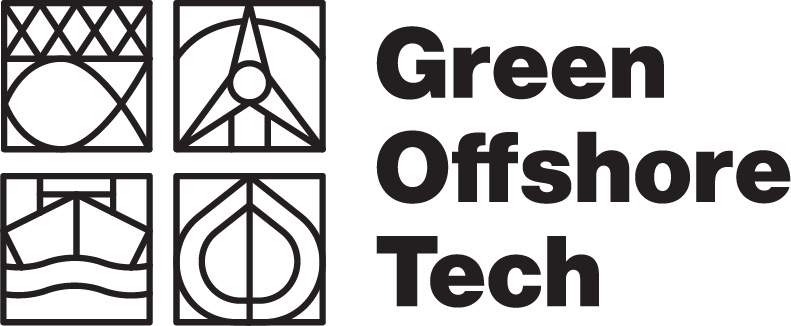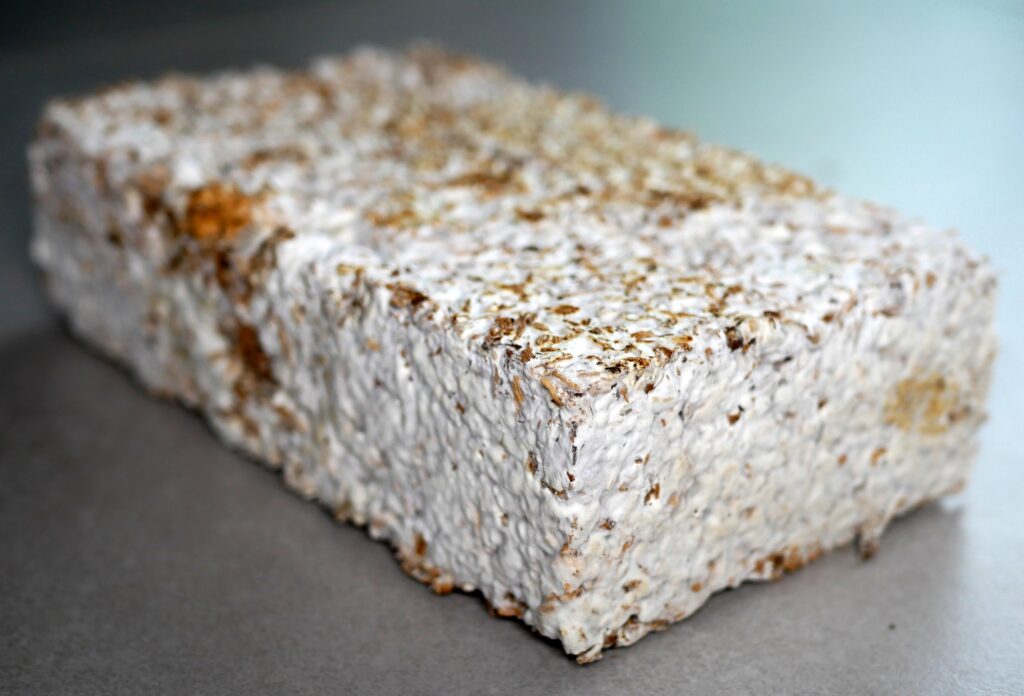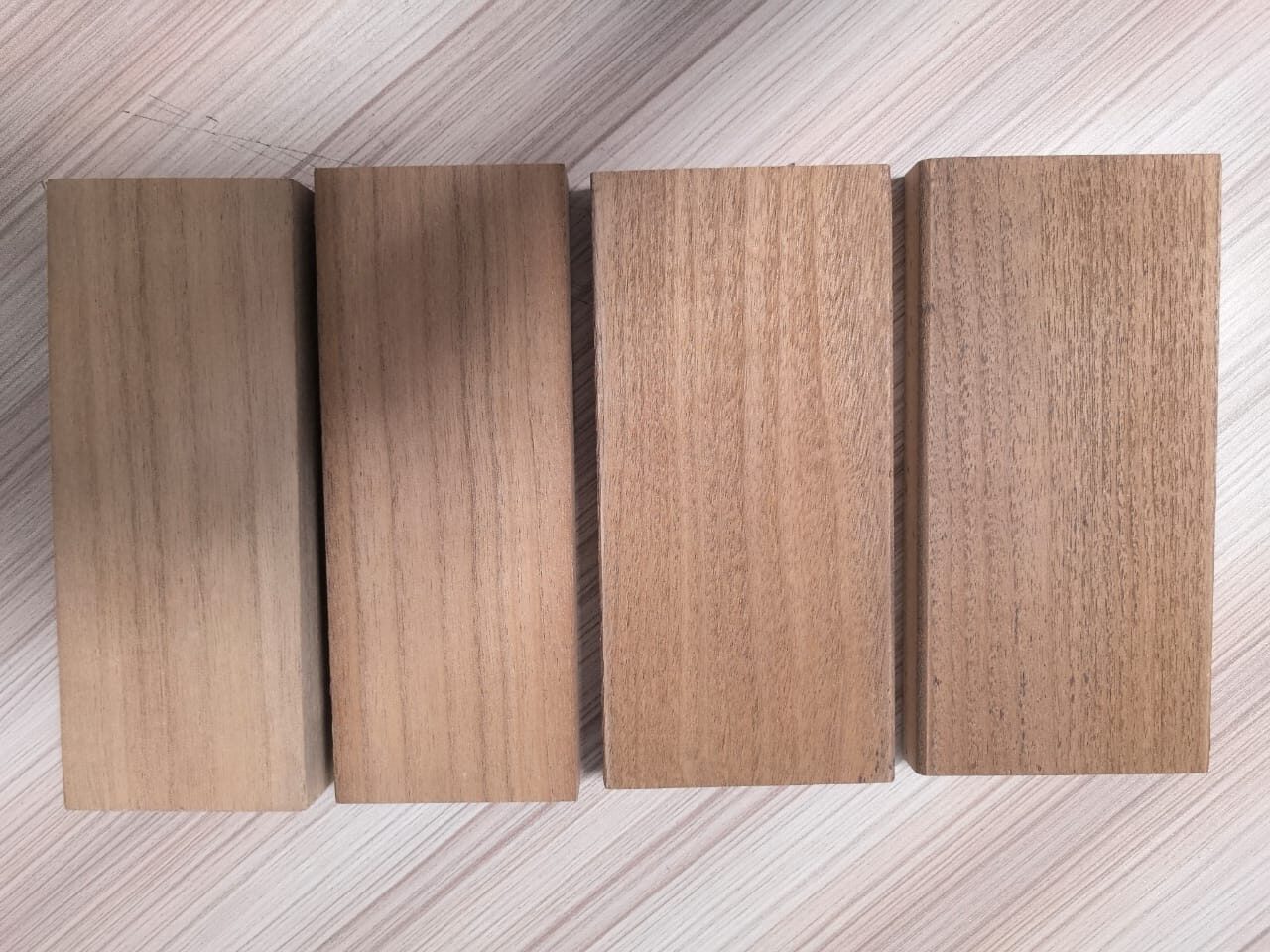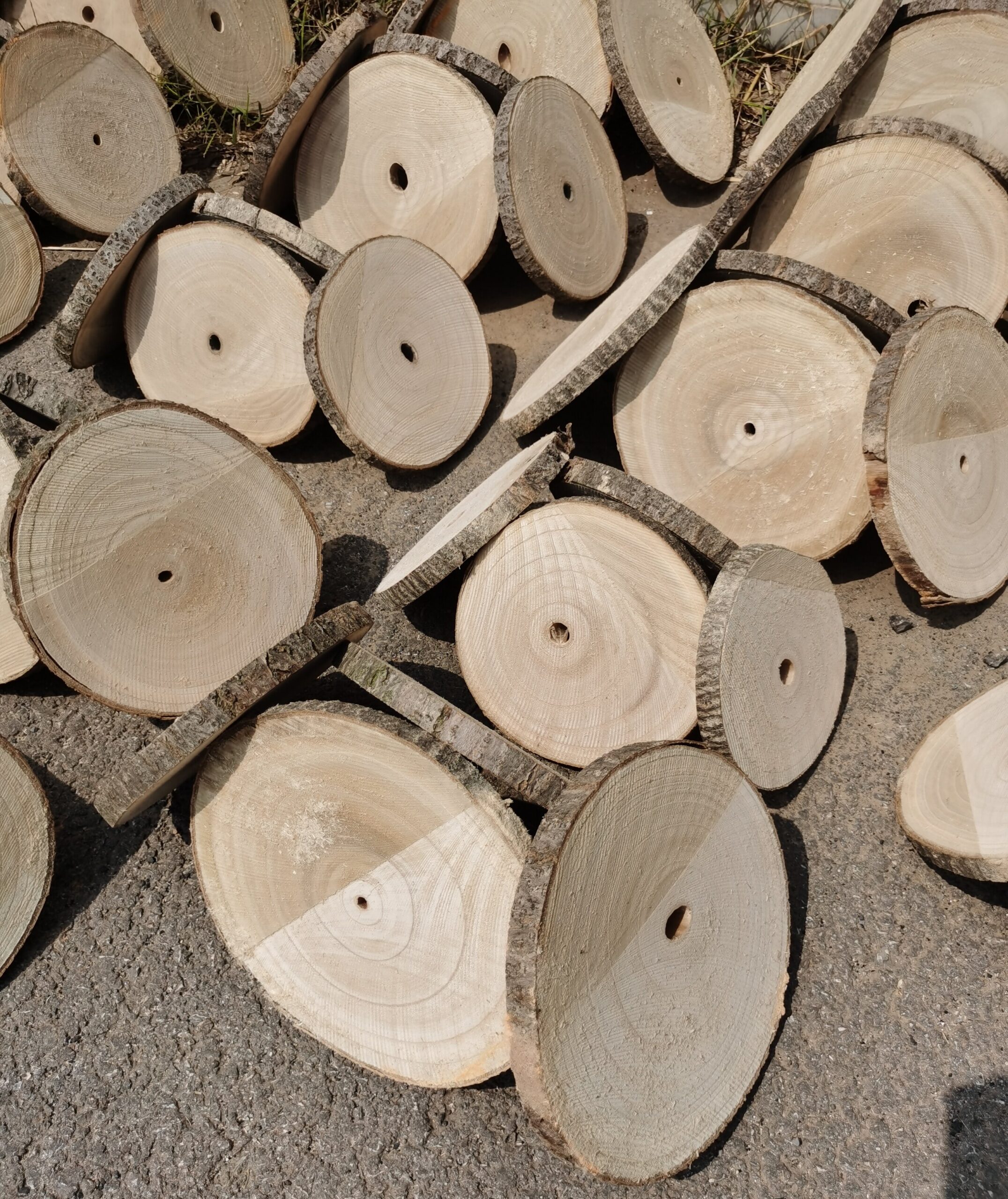Composites
Kiri as a core material in composites
We are introducing Kiri as a core material in sectors such as aerospace, shipping, and automotive manufacturing as an alternative to balsa and other woods. Kiri’s excellent strength-to-weight ratio makes it an ideal candidate for replacing heavier and/or less sustainable materials without compromising performance and durability. This is particularly true as Kiri is moisture-resistant and highly weather-resistant.
A substitute for traditional woods
Kiri is an excellent substitute for traditional core materials such as balsa and foams. Kiri offers a comparable strength-to-weight ratio to balsa, but absorbs less resin during composite production and is more resistant to water and moisture. Kiri’s high flash point (approximately 420°C) also makes it resistant to heat. This is a major advantage in composite manufacturing, especially when working with high-temperature resins.
Future applications of kiri in composite materials
Thanks to its versatility, kiri is not only a highly innovative core material, but also poised to shape the future of sustainable composites. Industries focused on environmentally friendly composites will find kiri indispensable in achieving their goal of more environmentally friendly solutions.
Funding
This SME innovation project has received cascade funding from the European Union’s Horizon 2020 research and innovation program under the GreenOffshoreTech project and grant agreement No. 101005541.



Mycelium plates
When processing Kiri tree trunks into boards and panels, sawing residues are generated and the tree crown cannot be further processed. In order to make innovative use of these residues, we have developed a mycelium-based process for manufacturing very lightweight panels.
This involves using the versatile Trametes fungus, which combines the exceptionally light and stable wood fibers of the Kiri tree to create a unique material that is fire-resistant, pressure-resistant and surprisingly light.
Our panels offer a sustainable and high-performance alternative to conventional materials—ideal for visionary applications in architecture, design and industry.

Thermally modified kiri wood
Thermally modified wood is used wherever greater durability and resistance to fungi are required. This is the case, for example, when used outdoors and in rooms with high humidity.
Thermally modified kiri wood combines the lightness of kiri wood with increased durability and uniform coloring.


